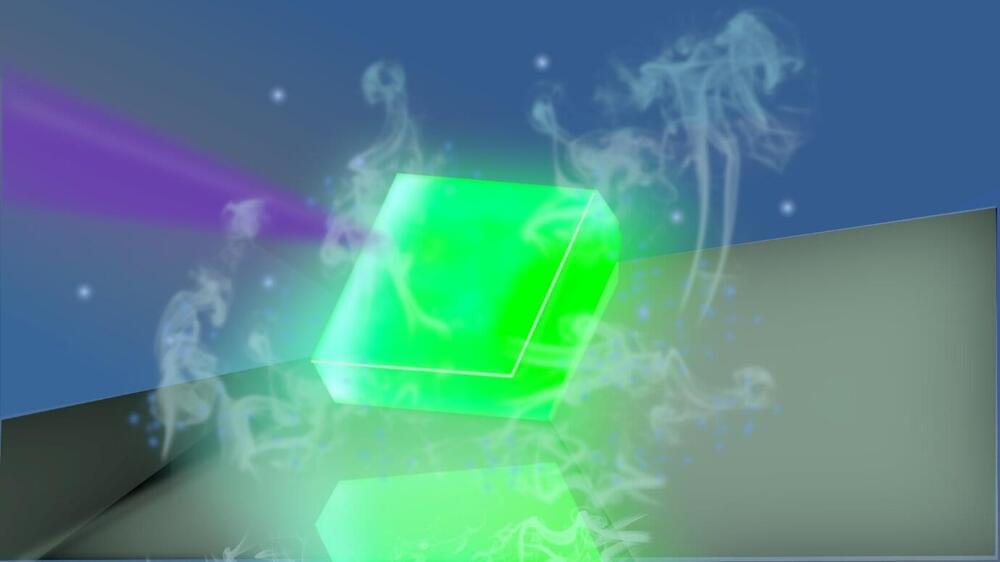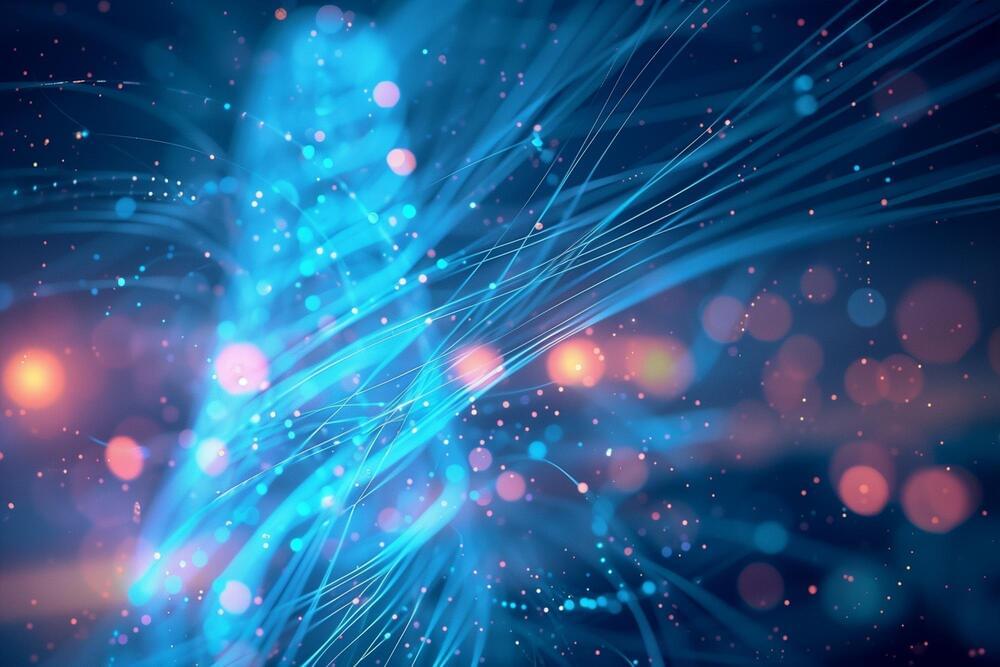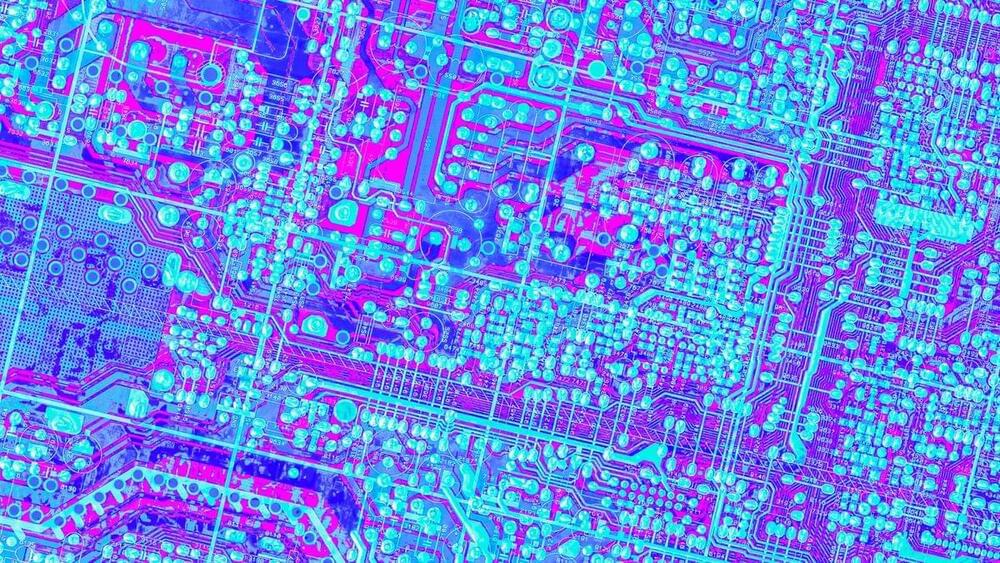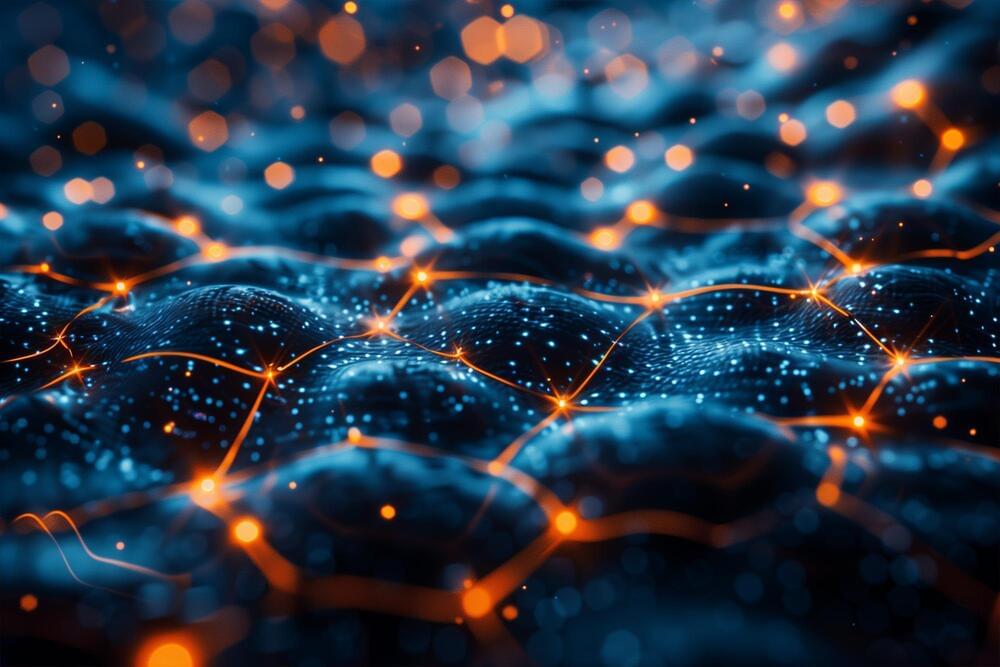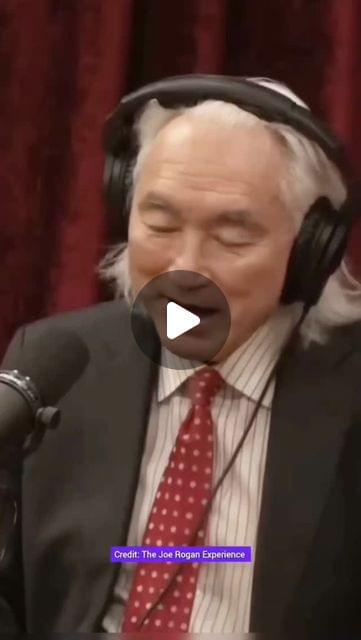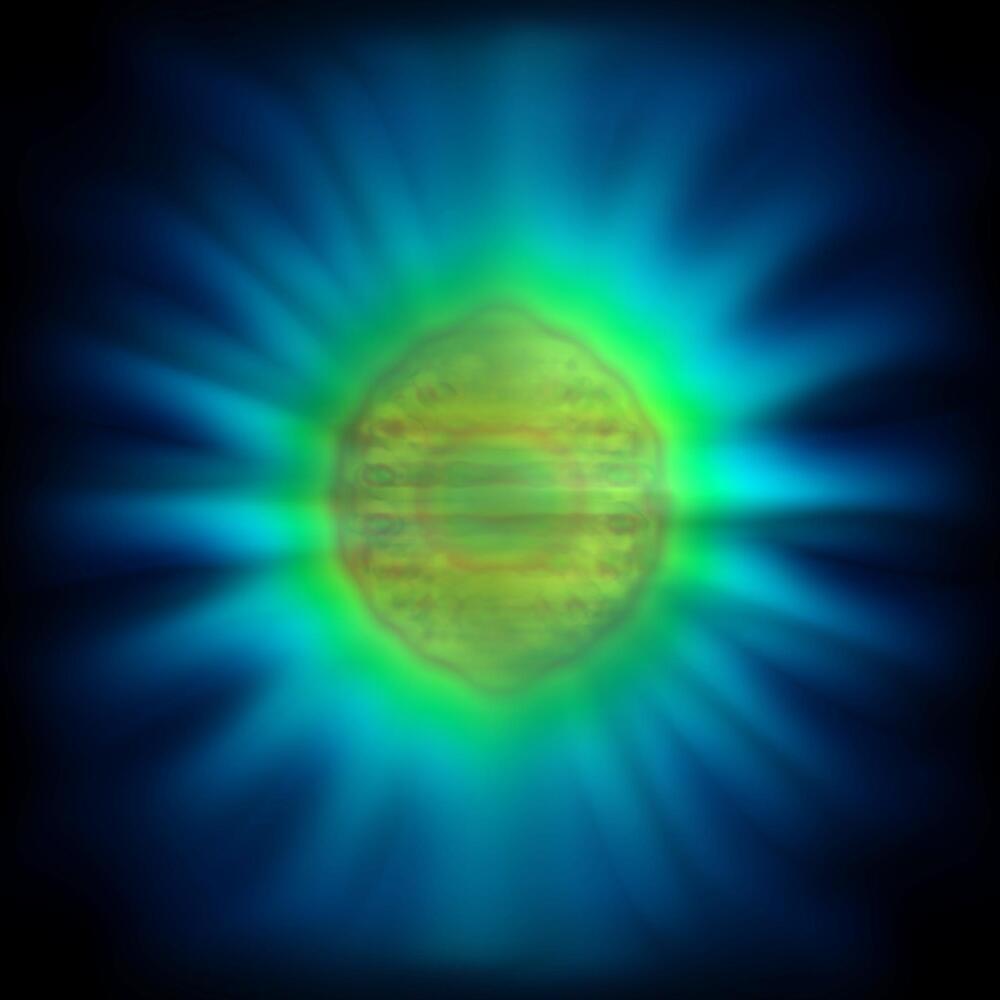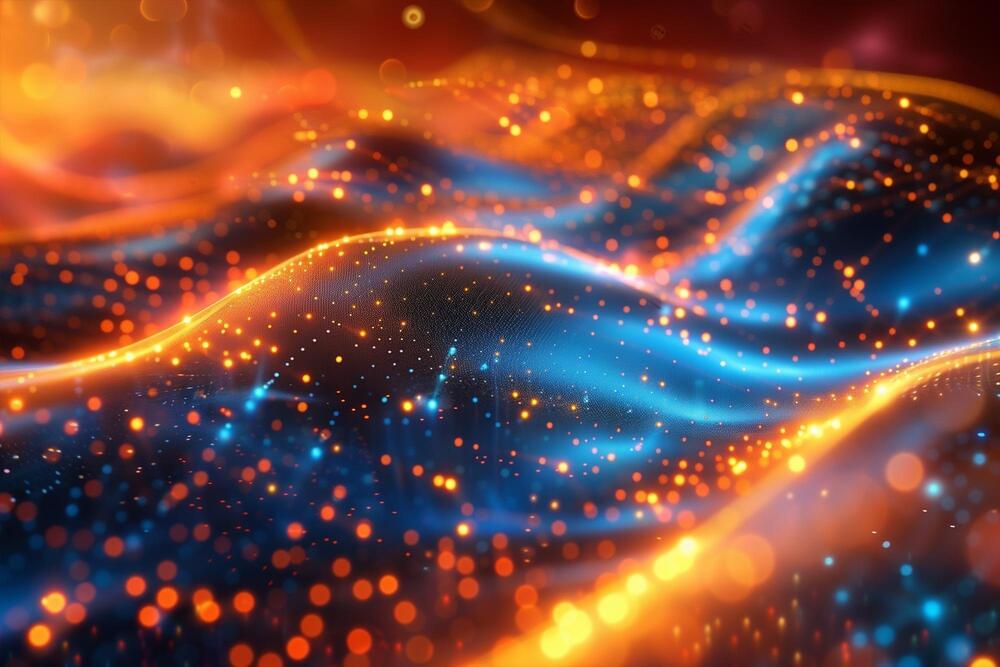Researchers have discovered a way to recycle the tiny particles used to create supraparticle lasers, a technology that precisely controls light at a very small scale. The breakthrough could help manage these valuable materials in a more sustainable way.
Supraparticle lasers work by trapping light inside a tiny sphere made of special particles called quantum dots, which can absorb, emit, and amplify light very efficiently.
They are made by mixing quantum dots in a solution that helps them stick together in tiny bubbles. However, not all attempts succeed, and even successful lasers degrade over time. This leads to wasted materials, which can be expensive.

